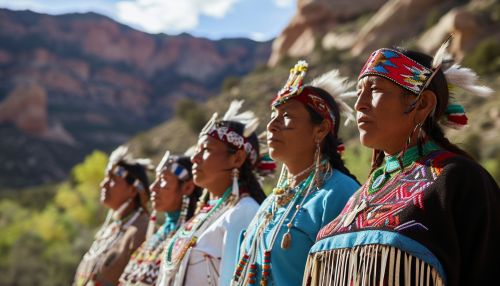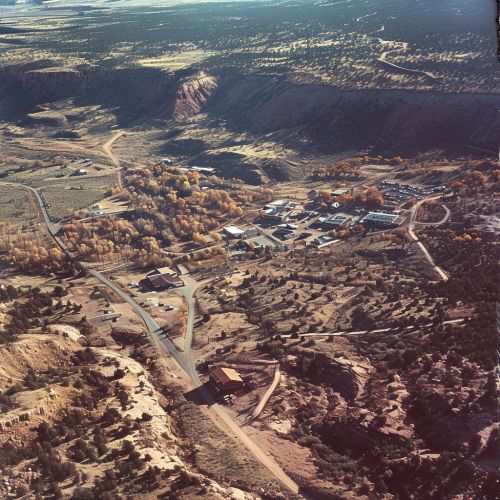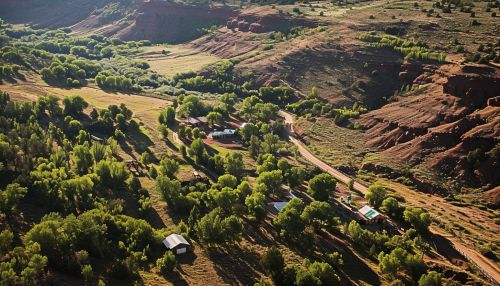Ute
History
The Ute people are a group of indigenous people of the Great Basin, now living primarily in Utah and Colorado. The Ute were a large tribe that once included many smaller bands that spanned across Utah, Colorado, and parts of Nevada, California, Oregon, and Idaho. The Ute were known for their warrior culture, and they were one of the first tribes in the American Southwest to acquire horses from the Spanish, which greatly increased their mobility and range.


Culture
The Ute culture is rich and varied, with a strong emphasis on family, community, and tradition. The Ute people have a deep respect for the land and the natural world, and this is reflected in their spiritual beliefs and practices. They believe in a Creator who is responsible for the creation of the world and everything in it. The Ute also believe in the power of dreams and visions, which they believe can provide guidance and insight.
The Ute are known for their skill in crafting beautiful and intricate beadwork, basketry, and pottery. They also have a strong tradition of storytelling, with many tales passed down from generation to generation. These stories often contain lessons or moral teachings, and they play a crucial role in the preservation of Ute culture and history.
Language
The Ute language, also known as Ute-Southern Paiute, is a member of the Numic branch of the Uto-Aztecan language family. It is closely related to the languages spoken by the Southern Paiute, Chemehuevi, and Kawaiisu tribes. The Ute language is currently spoken by a small number of elders, and efforts are being made to revitalize the language and teach it to younger generations.
Modern Day
Today, the Ute people live primarily on three reservations: the Uintah-Ouray reservation in northeastern Utah, the Southern Ute reservation in southwestern Colorado, and the Ute Mountain reservation, which spans across southwestern Colorado, southeastern Utah, and northern New Mexico. The Ute people continue to maintain their cultural traditions while also adapting to the modern world. They are involved in a variety of economic activities, including farming, ranching, and tourism.


